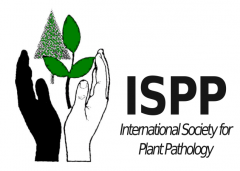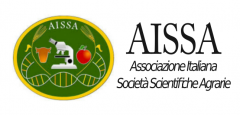
Spinach Downy Mildew: Advances in Our Understanding of the Disease Cycle and Prospects for Disease Management
Plant Disease
Authors: Shyam L. Kandel, Beiquan Mou, Nina Shishkoff, Ainong Shi, Krishna V. Subbarao, and Steven J. Klosterman
Downy mildew on spinach is caused by Peronospora effusa, an oomycete pathogen that poses a challenge to spinach production worldwide, especially in organic production. Following infection, P. effusa produces abundant amounts of asexual sporangia. Sporangia become windborne and initiate new infections locally or distantly, leading to widespread epidemics. Oospores produced from the union of opposite mating types have been observed within infected leaves and seeds and may remain viable for many years. Sexual reproduction increases the genetic diversity of P. effusa through sexual recombination, and thus, the movement of oospores on seed has likely fueled the rapid explosion of new pathotypes in different regions of the world over the past 20 years. This review summarizes recent advances in spinach downy mildew research, especially in light of the findings of oospores in contemporary commercial spinach seed lots as well as their germination. Knowledge of the role of the oospores and other aspects of the disease cycle can directly translate into new and effective disease management strategies.
Back Downloads
pdis-10-18-1720-fe.pdf (3 MB)




